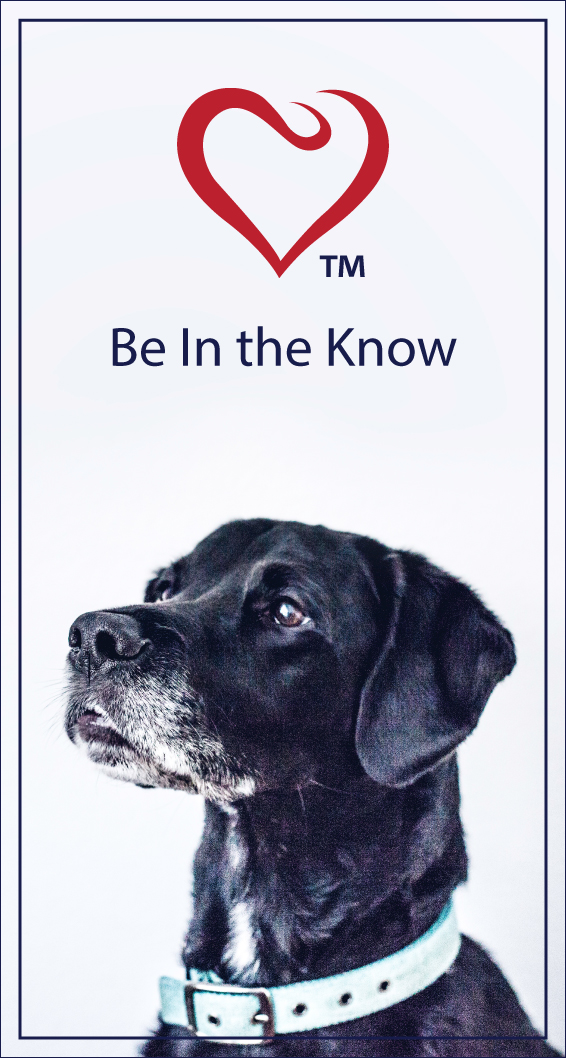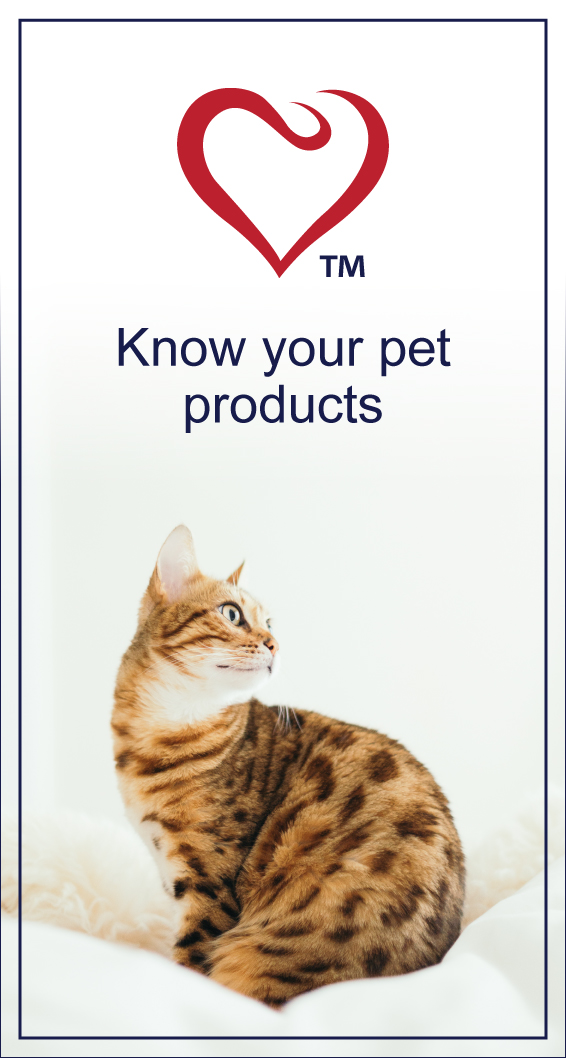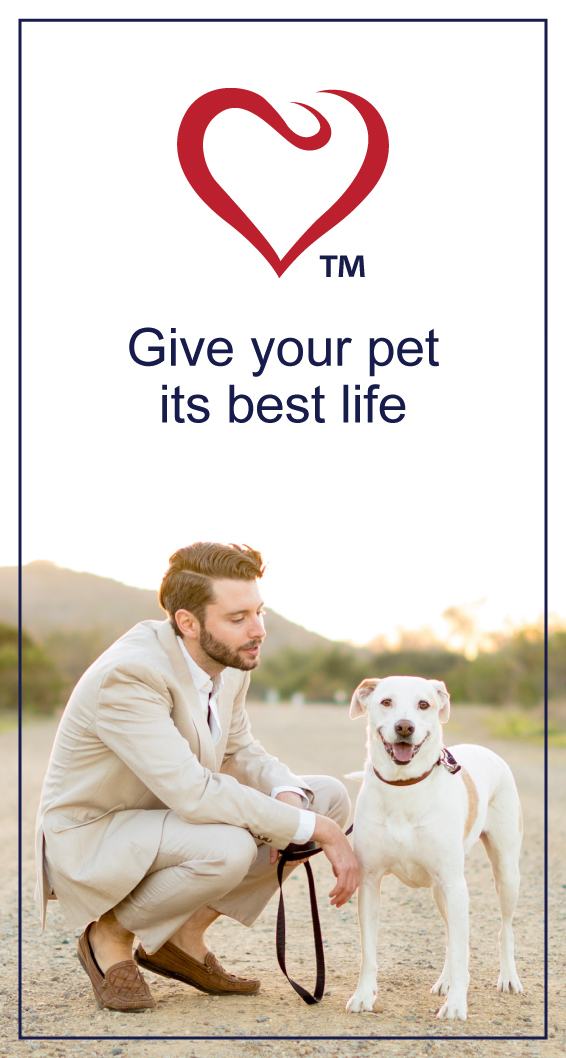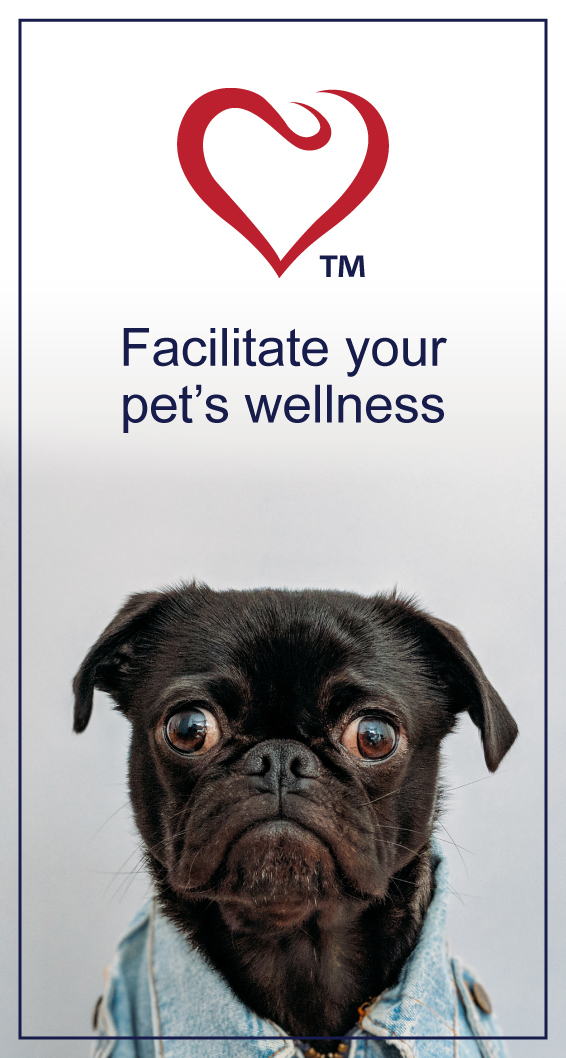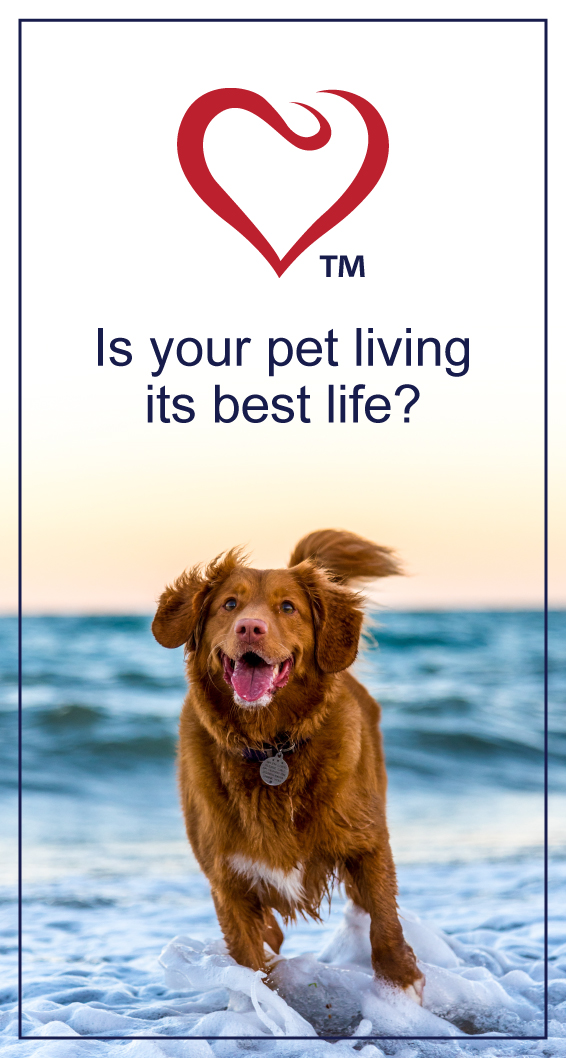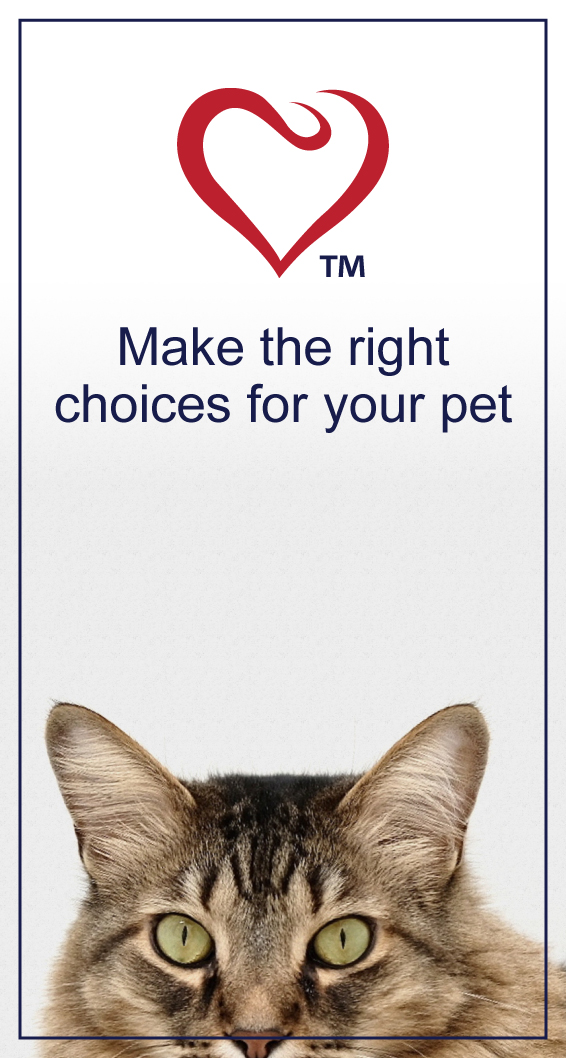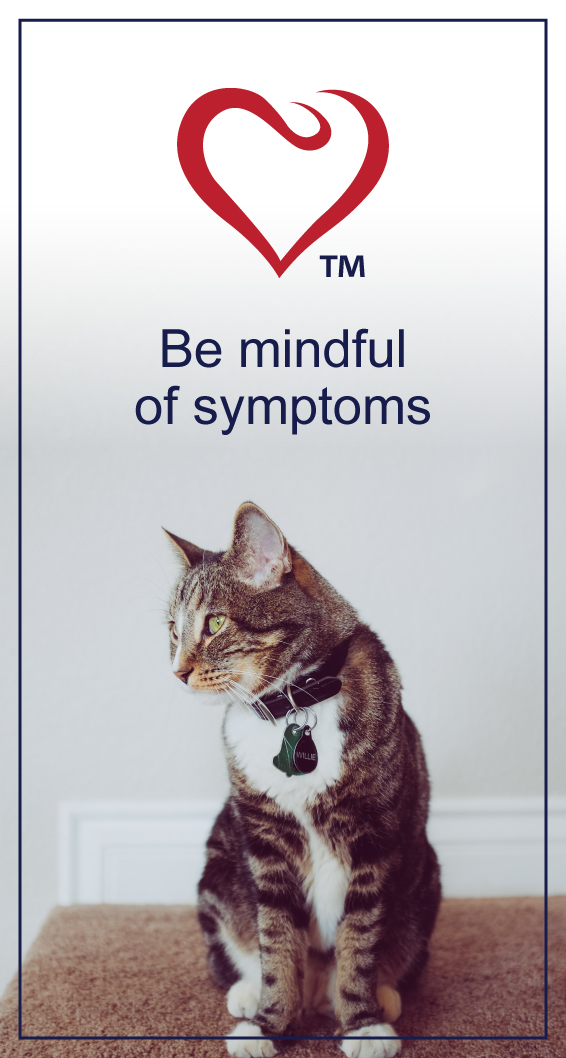
TRENDING

We’re excited and honoured to feature South Africa’s second largest independent animal welfare organisation on PetlifeSA.
WHERE SHOULD YOUR DOG SLEEP?
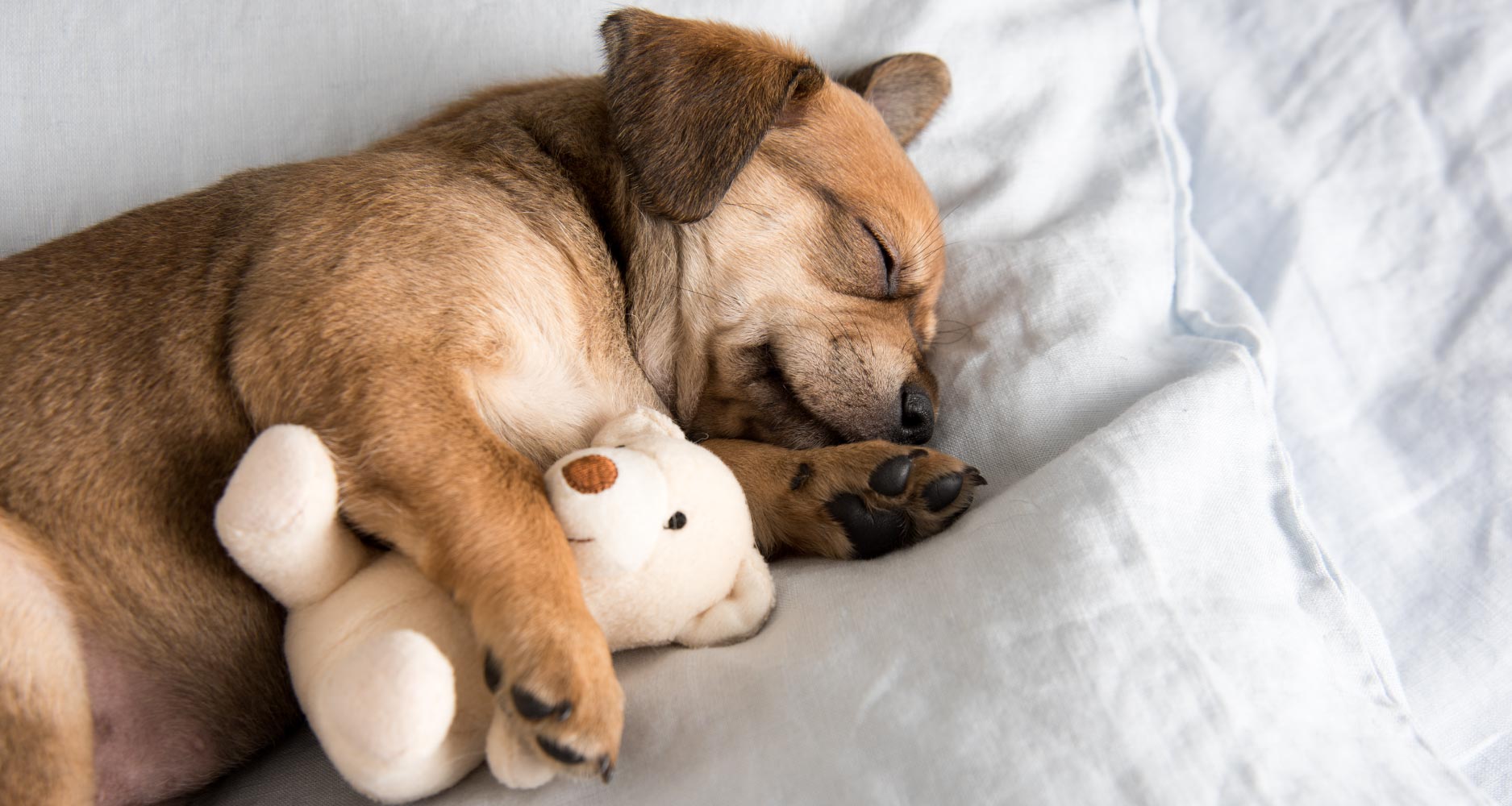
All dog owners are faced with this tricky question that supposedly has multiple answers. Is the answer outside, a bed, a crate, the sofa… or your bed?
Since dogs spent practically half their lives sleeping (about 12 hours a day), it’s important to care about the actual spot because it can affect your dog, emotionally and physically, as well as your family.
Many indoor dogs sleep in the same room as their owners, either at the foot or side of the bed, on a doggie bed or blanket. Dogs may even nap there when their owners are away because of your familiar lingering scent. Secondary beds in other areas (for example the lounge) are not unusual. Some dogs like sleeping in a crate that has a safe and private den-like feel.
TYPES OF DOG BEDS
Some dog owners are baffled by the options out there. If you can’t find what you’re looking for in a pet store, the internet is your friend.
Here are a few bed options to consider:
- Basket: Buy a wicker basket, add a pillow or bean bag (not a good option for chewers).
- Blankets: Before investing in any form of blanket (a throw, your old flannel shirt or a towel), make sure it’s flameproof and washable.
- Donut Bed: Some dogs love the padding this type of bed offers.
- Bean Bag Bed or Hassock: Different covers (some even repel moisture) and fill materials are available. The bed is malleable and adjusts to your dog’s shape.
- Raised Platform: Not all dogs like to sleep on the ground. Low platforms with stretched canvas work well in these cases. You can always add cushioning and blankets.
- Crate: Most dogs love having a space that functions as a den. A crate or kennel offers this. As an investment, get a crate that’s well ventilated and approved for travel. Research crate training before introducing this retreat and be sure to get the right size.
WHAT ABOUT YOUR BED?
This is a personal decision you have to make and live with. Here are a few reasons why many people don’t recommend it:
- The sleep cycles of dogs and humans differ and can affect the quality of sleep. Dogs are polyphasic sleepers and average three sleep/wake cycles per night-time hour, whereas humans are monophasic sleepers (one period of sleep over a 24-hour cycle).
- There are some health concerns related to co-sleeping with your dog. Human allergies can be aggravated and there is also the risk of transmission of diseases, from both the dog to the human and the human to the dog. However, such transmission is rare.
- Dogs are lighter sleepers than their humans and stay alert for sounds, even when sleeping.
- A dog that shares his owner’s bed might have problems with separation anxiety.
- Your dog might try to crawl in bed with house guests.
- Sharing a sleeping space with a partner and a dog can cause issues for all involved.
- A dog with resource guarding (“possessive aggression”) or any other problem behavior issues might growl, lunge or bark to protect his sleeping spot on your bed and defend what he sees as his items and territory. This may occur in dogs of any breed.
At the end of the day it all comes down to you and your dog. Think about what you want; what you’re comfortable with; how it affects your dog; and how you’re going to deal with unfavourable behaviour.
Everyone’s health and mental state should be considered.
Related Article
Where Should Your Cat Sleep Read Now
